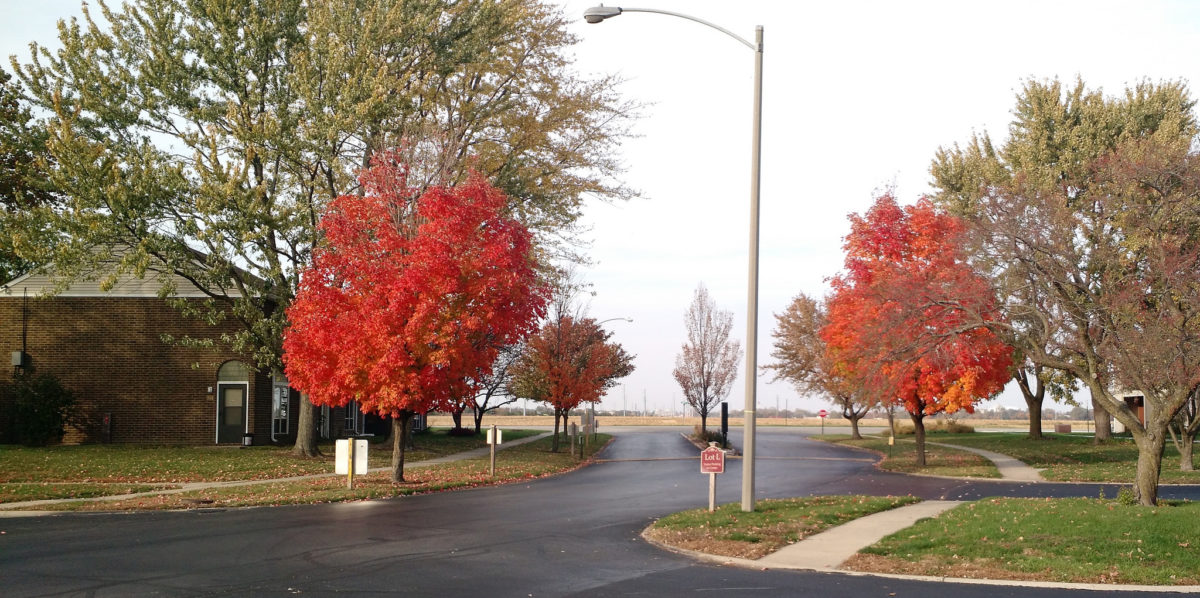After suffering from SAD for half my life, I’ve had it pretty good the past few years. Last year in particular was actually great—it was like I was a regular person.
This year has not gotten off to a good start, with gloom pressing in on me before we’d even reached Halloween.
With every year being an experiment with n=1 it’s hard to know what makes a difference and what doesn’t, but one thing that occurred to me right away was that last year I had gotten my mind right about the cold (in particular) early.
Two strong influences in the early fall last year were Jackie (who always enjoys the cold weather as an opportunity to wear her woollies) and Katy Bowman (who talks about cold as an opportunity for movement).
In particular, in the run-up to last winter, I came upon not just Katy Bowman but plenty of other natural-movement/ancestral-health folk talking about using cold as an appropriate stressor via cold training.
Many things that people do to induce healthful, adaptive changes in the body are stressors, and produce their beneficial effects precisely for that reason—because the body adapts to tolerate the stress by becoming stronger. Load-bearing exercise makes for stronger muscles and bones. Endurance exercise strengthens the cardiovascular system. Mechanical stresses make for tougher skin. Heat (as in a sauna, but also just from being active outdoors on a hot day) prompts the production of heat-shock proteins that have numerous protective effects at a cellular level, and it turns out that not just heat but all kinds of other stressors, including cold, cause the body to upregulate the production of those same proteins.
Anyway, my point is not that I need to jump into some Wim Hof-style cold training, but that there was a mental shift that I managed to make last year: to view cold as an appropriate stressor that I should revel in, rather than a source of unpleasantness that I should avoid.
This year I haven’t (yet) managed it. Partially I think it was just that the people I follow about this stuff probably feel like they’ve had their say about cold training and have moved on to other stuff, so I wasn’t hearing about it at exactly the right time. Partially I think it was because of the details of the change of seasons this year: We had hot summer weather right into October, then there was a week when it was very rainy, and then it changed to cold, late-fall weather.
Something about missing out on the transition from summer to fall meant that I was taken off-guard. I went from walking shirtless in the sun to wearing a winter coat with no transition except some days when it was too cloudy to get any sun anyway.
However, I am determined not to let this thwart me. It is not too late to get my mind right about the cold.


Mentions